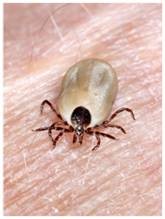The first part of the EMS response to an incident is:
A) discussion with medical direction.
B) prearrival instructions.
C) detection and citizen access.
D) call coordination.
C
You might also like to view...
Which of the following is TRUE in the event that off-duty paramedics provide advanced life-support interventions at an emergency scene?
A) They are protected by Good Samaritan laws in all states. B) It is permissible as long as they have valid certification or licensure in that state. C) They will be granted immunity from negligence as long as they follow the standard of care. D) They may be charged with practicing medicine without a license.
Community-directed donation programs are often used to find donors for patients suffering from one of which two diseases?
a. Anemia or coagulopathy b. Hemophilia A or hemophilia B c. Leukemia or lymphoma d. Sickle cell anemia or thalassemia
The amount of air that moves in or out of the lungs during a normal breath is the ____.
A. tidal volume B. inspiratory reserve volume C. expiratory reserve volume D. residual volume E. inspiratory capacity
Trinity is a 9-year-old patient who has a fever, swollen glands, and a red rash. Upon examination, the physician found the organism shown in the picture. Which of the following diseases might the physician suspect based on this evidence?
A. Tetanus B. Malaria C. Lyme disease D. Legionnaire's disease E. SARS